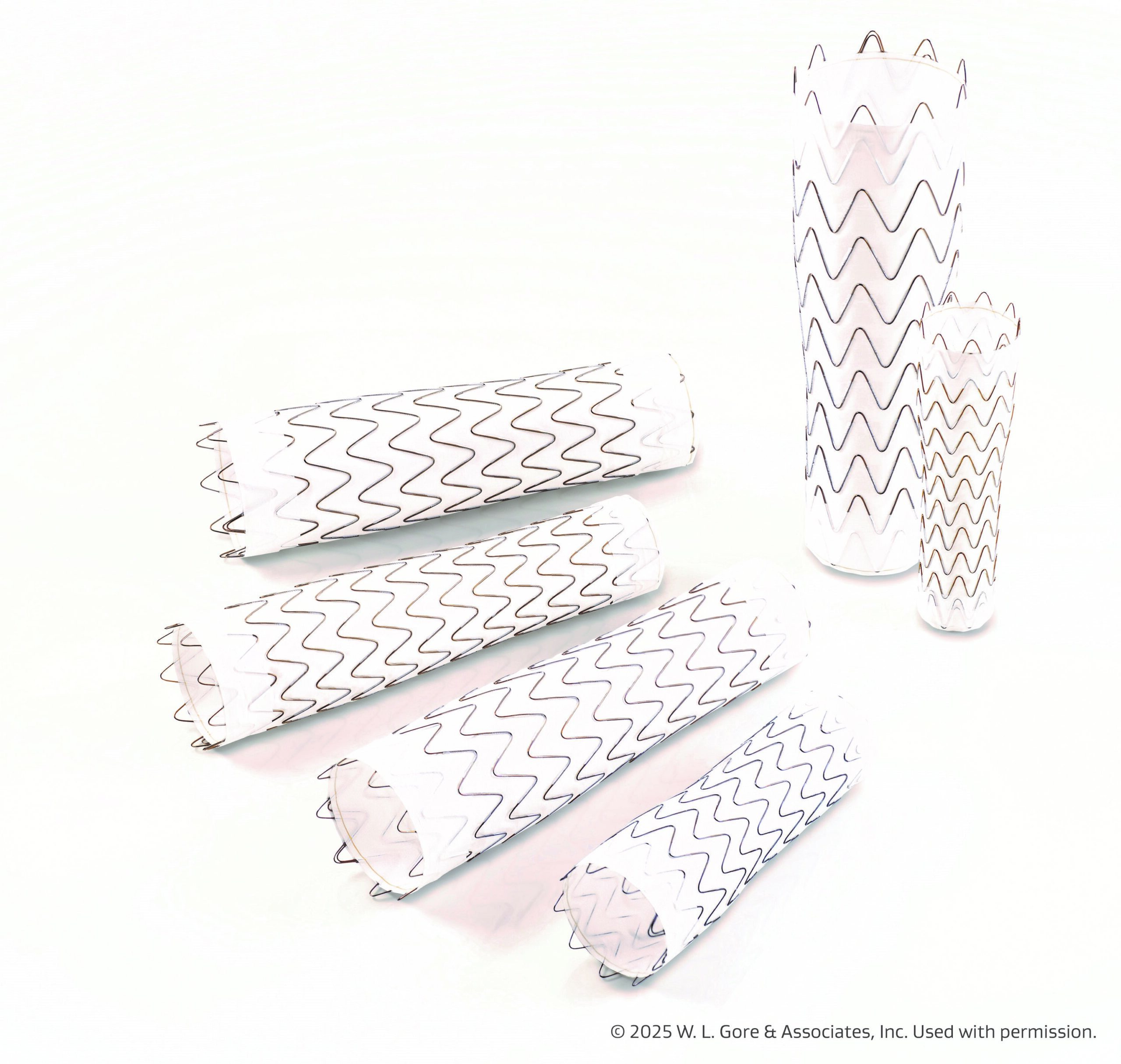
The Absorb bioresorbable vascular scaffold was shown to be noninferior to the Xience Cobalt Chromium Everolimus-eluting stent, according to the results from the ABSORB IV study presented at TCT 2018 in San Diego.
The ABSORB IV study was the fourth in the ABSORB trial program, and the first blinded randomized study in the program. The study researchers enrolled 2,604 patients with stable ischemic heart disease or acute coronary syndrome and randomly assigned them (1:1) to receive polymeric everolimus-eluting bioresorbable vascular scaffold (Absorb, Abbott Vascular) with optimized implantation technique or a cobalt chromium everolimus-eluting stent (Xience, Boston Scientific). Patient randomization was stratified by diabetic status, enrollment in the previous ABSORB III trial, and site. The prima ry study endpoint was target lesion failure (cardiac death, target vessel myocardial infarction, or ischemia-driven target lesion revascularization) at 30 days, with the analysis by intention to treat.
#ABSORB IV->My take: bioresorbable scaffold (BVS) stays off the shelf. Similar 1 yr target lesion failure & more 30 days MI & ST w/ BVS vs Xience ESS. No difference in angina. Despite extensive training including PSP. @TCTMD @ACCCardioEd @SCAI @IngrassiaMD @ChaturvedulaS #TCT2018 pic.twitter.com/77TwqZjf7z
— Saurabh Joshi (@dr_sjoshi) September 25, 2018
According to the study results, a total of 1,296 patients were assigned to Absorb and 1,308 were assigned to Xience. Target lesion failure at 30 days occurred in 64 patients in the Absorb arm and 48 patients in the Xience arm (difference=1.3%; upper 97.5% confidence limit, 2.89; one-sided Pnon-inferiority=0·0244). At 1 year, target lesion failure occurred in 98 patients in the Absorb arm and 82 in the Xience arm (difference=1.4%, upper 97.5% confidence limit, 3.4; one-sided Pnon-inferiority=0·0006). Angina (post-adjudication by a central events committee at 1 year) occurred in 270 patients in the Absorb group and 274 patients in the Xience group.
ABSORB IV 1-year results presented at #TCT2018. Much better implantation technique than in previous studies. Thrombosis much reduced. #EAPCI @PCRonline #BVS #Absorb pic.twitter.com/yhJioUMHBT
— Dr Koltowski (@DrKoltowski) September 25, 2018
“Compared with ABSORB III, nearly eliminating treatment of very small vessels in ABSORB IV substantially reduced the scaffold thrombosis rate with the [Absorb], but also with [Xience],” Gregg W. Stone, MD, Professor of Medicine at Columbia University Medical Center, noted in a presentation slide. “These data, which are largely consistent with those from earlier ABSORB trials, emphasize the need for further advancements in device technology and improvements in technique to further improve the early safety profile of bioresorbable vascular scaffolds if the benefits of late scaffold bioresorption are to be realized.”
Source: The Lancet







 © 2025 Mashup Media, LLC, a Formedics Property. All Rights Reserved.
© 2025 Mashup Media, LLC, a Formedics Property. All Rights Reserved.